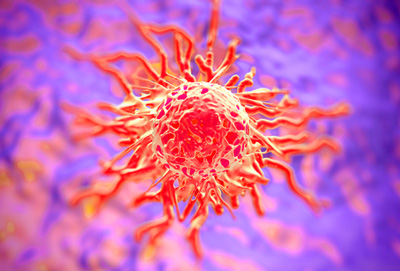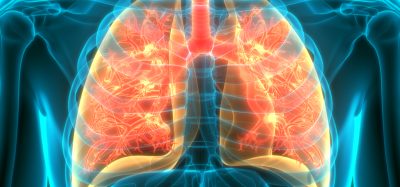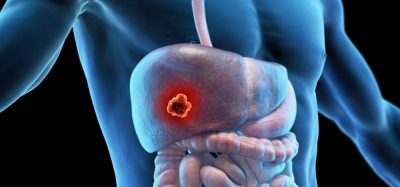Mitigating fibrotic barriers in pancreatic cancer
Posted: 5 June 2024 | Drug Target Review | No comments yet
A human pancreatic cancer fibrotic barrier model illuminates how targeting the TGFβ/ROCK2/YAP signalling axis could enhance drug delivery.

Researchers at Okayama University, collaborating with The University of Tokyo and Tohoku University, have developed a human pancreatic cancer fibrotic barrier model using patient-derived pancreatic stellate cells (PSCs). This is a more clinically relevant approach which more accurately replicates the complexity of pancreatic ductal adenocarcinoma’s fibrotic environment.
Known as one of the most fatal cancers, pancreatic cancer sets a relentless challenge for medical professionals globally because of its aggressive behaviour and resistance to conventional therapies. As dense fibrotic tissue surrounding the tumours is a significant barrier, hindering the delivery of macromolecular drugs, there is a dire need to address fibrosis in order to improve therapeutic outcomes for pancreatic cancer patients.
This three-dimensional (3D) model provides a convenient, rapid, and highly reproducible experimental platform to assess pathogenetic mechanisms driving fibrosis. It also enables the assessment of how efficacious potential therapeutic interventions are. The researchers aimed to elucidate the molecular mechanisms behind remodelling the extracellular matrix (ECM), so that they could identify points of intervention that could be manipulated to improve tissue permeability.
Dr Mitsunobu R. Kano, Okayama University, explained: “We used advanced cell culture techniques along with molecular and pharmacological interventions to examine the signalling pathways involved in PDAC fibrosis…. Initially, we assessed the impact of blocking the transforming growth factor-β (TGFβ) and Rho-associated kinase (ROCK) pathways on ECM remodelling and tissue permeability within our 3D fibrotic tissue model. Additionally, we also investigated the involvement of YAP (Yes-associated protein), a key regulator of cell differentiation, in mediating the effects of ROCK inhibition on ECM remodelling and tissue permeability.”
Dr Kano said that inhibition of the TGFβ pathway led to a reduction in ECM remodelling and improved tissue permeability of drugs in 3D-PDAC fibrotic model. Also, blocking the ROCK pathway, particularly through ROCK2 inhibition, resulted in decreased ECM remodelling and enhanced drug permeability. “Knockdown experiments revealed the predominant role of ROCK2 in regulating these processes,” added Dr Kano. As well as this, targeting the YAP protein, a downstream effector of ROCK signalling, provided similar improvements in ECM remodelling and drug permeability.
Notably, the implications of the research go beyond pancreatic cancer, as fibrosis is prevalent in other cancers, like breast and lung cancer, and in non-cancerous diseases. Dr Kano concluded: “With effective medical treatments lacking for fibrotic conditions, our findings offer a glimmer of hope for enhancing treatment strategies and outcomes in a broader spectrum of fibrotic cancers as well as non-cancerous fibrotic conditions.”
This study was published in the Journal of Controlled Release.
Related topics
Cancer research, Disease Research, Drug Delivery, Drug Targets, Organoids
Related conditions
Breast cancer, fibrosis, Lung cancer, Pancreatic ductal adenocarcinoma (PDAC)
Related organisations
Okayama University, The University of Tokyo, Tohoku University
Related people
Dr Mitsunobu R. Kano (Okayama University)







